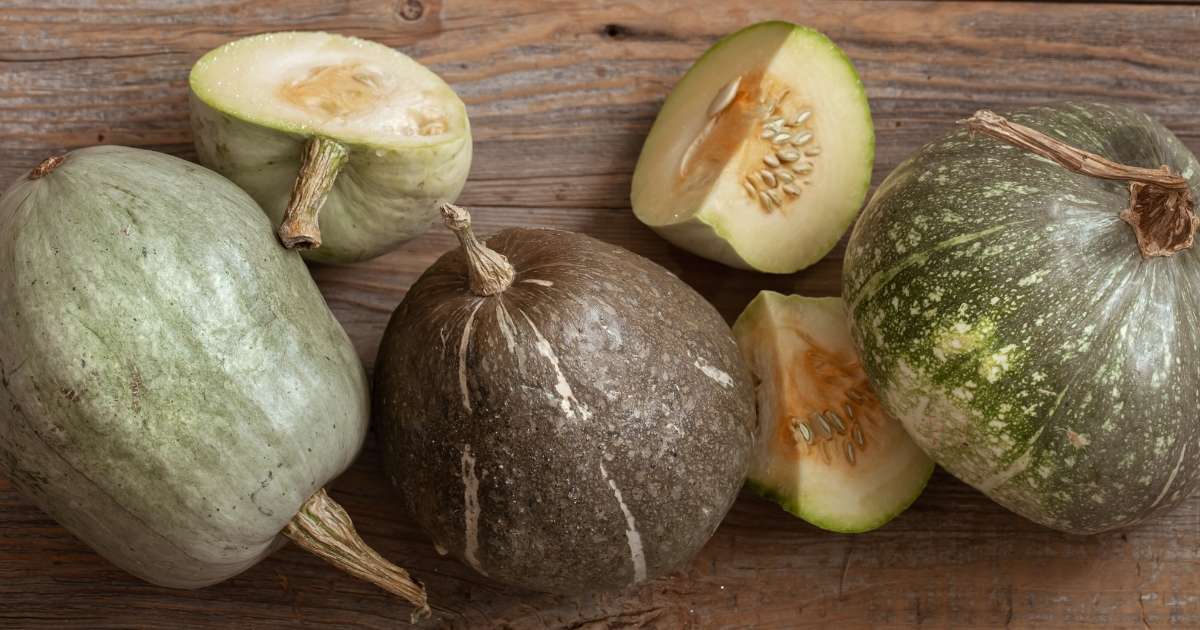Dr. Rajeswari R., Dr.Govindappa M.R., Dr. Palaiah, Dr. Ravi.S & Dr. Mallesh
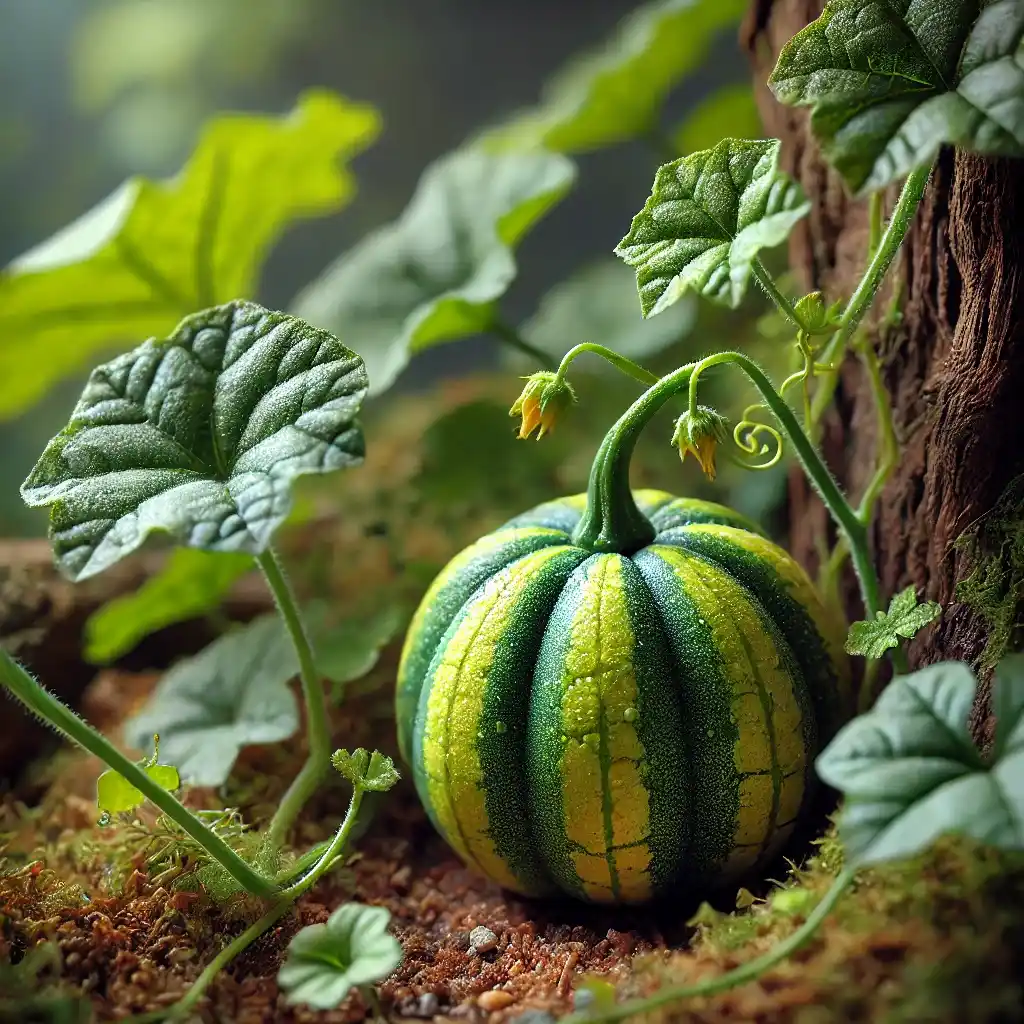
The little wild gourd, often overshadowed by its more famous relatives in the Cucurbitaceae family, is a vegetable with a rich history and immense potential. Known scientifically as Coccinia grandis, this resilient plant thrives in wild environments, often climbing over shrubs and trees with its slender, tendril-bearing vines. Despite its modest appearance, the little wild gourd is a nutritional powerhouse and a versatile ingredient in various culinary traditions.
Botanical Characteristics
The little wild gourd is a perennial climber native to tropical Asia and Africa. Its small, green fruits resemble miniature cucumbers and are typically around 2-3 cm in diameter. The leaves are heart-shaped with pointed lobes, providing a lush green backdrop to the striking white flowers that bloom periodically. The plant’s hardiness and adaptability allow it to flourish in diverse conditions, from dry forests to urban backyards.
Nutritional Profile
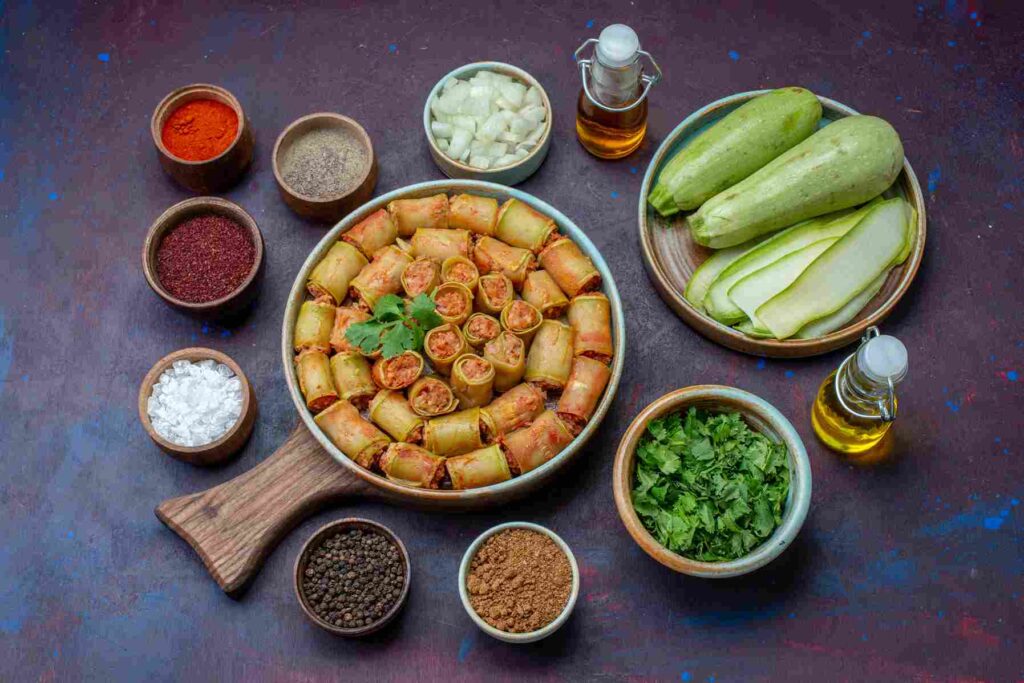
One of the strongest arguments for including the little wild gourd in our diets is its impressive nutritional profile. The fruit is low in calories but packed with essential vitamins and minerals, such as Vitamin C, Vitamin A, and potassium. It also provides a considerable amount of dietary fiber, making it a great option for supporting a healthy digestive system.
Furthermore, the little wild gourd is a valuable source of antioxidants, which help fight oxidative stress and lower the risk of chronic illnesses. Its bitter compounds have been researched for their potential anti-diabetic effects, as they may assist in regulating blood sugar levels.
Culinary Uses
The little wild gourd is a versatile vegetable that can be prepared in various ways. In Indian cuisine, it is often used in stir-fries, curries, and pickles. The fruit’s slight bitter taste complements spicy and tangy flavors, creating a balanced and delicious dish. Here are a few popular recipes featuring the little wild gourd:
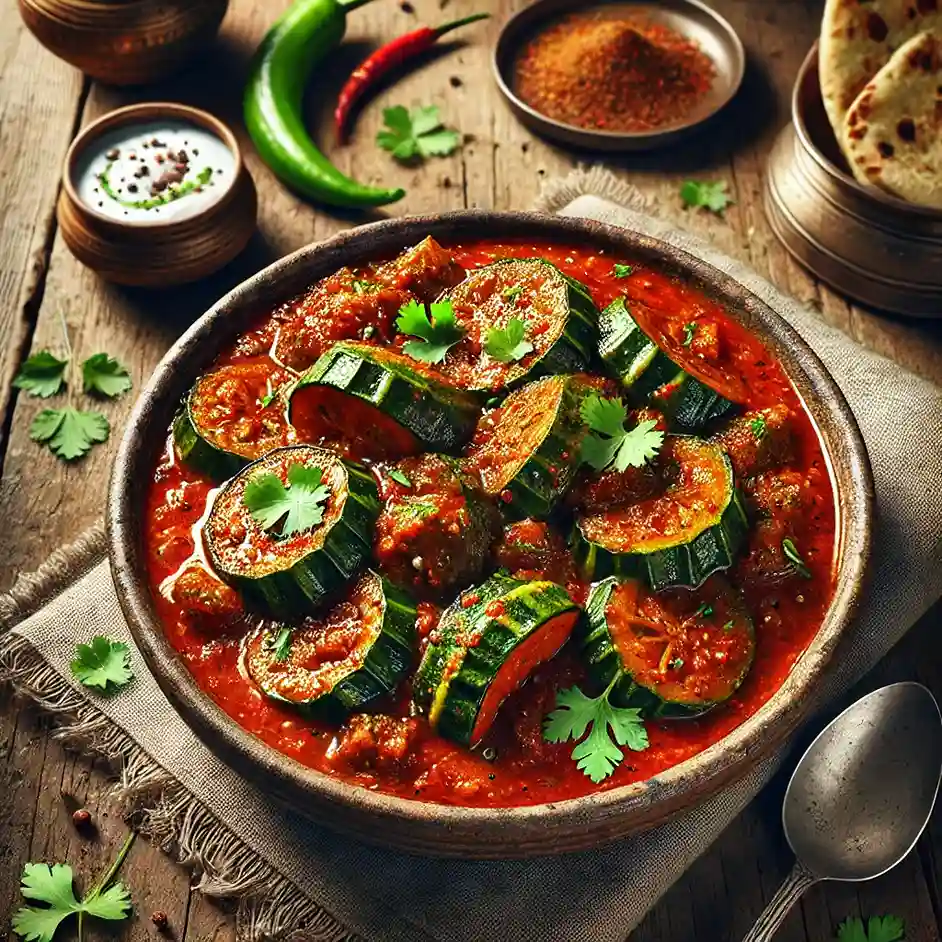
1. Stir-fried Wild Gourd: A simple yet delicious dish where the gourd is sliced and sautéed with onions, garlic, and spices like cumin and coriander.
2. Wild Gourd Curry: The gourd is cooked in a rich tomato-based gravy with a blend of aromatic spices, perfect for serving with rice or flatbreads.
3. Pickled Wild Gourd: The fruit is preserved in a mixture of vinegar, salt, and spices, making a tangy accompaniment to meals.
Medicinal Properties
The little wild gourd has long been utilized in traditional medicine. Its leaves and fruit are thought to possess medicinal qualities, such as anti-inflammatory, antibacterial, and anti-diabetic properties. Healers have traditionally used the plant to address issues like fever, skin infections, and wounds.
Recent scientific research has started to support these traditional applications. Studies have demonstrated that extracts from the little wild gourd may help reduce blood glucose levels and enhance insulin sensitivity, suggesting its potential as a natural treatment for managing diabetes.
Cultivation and Conservation
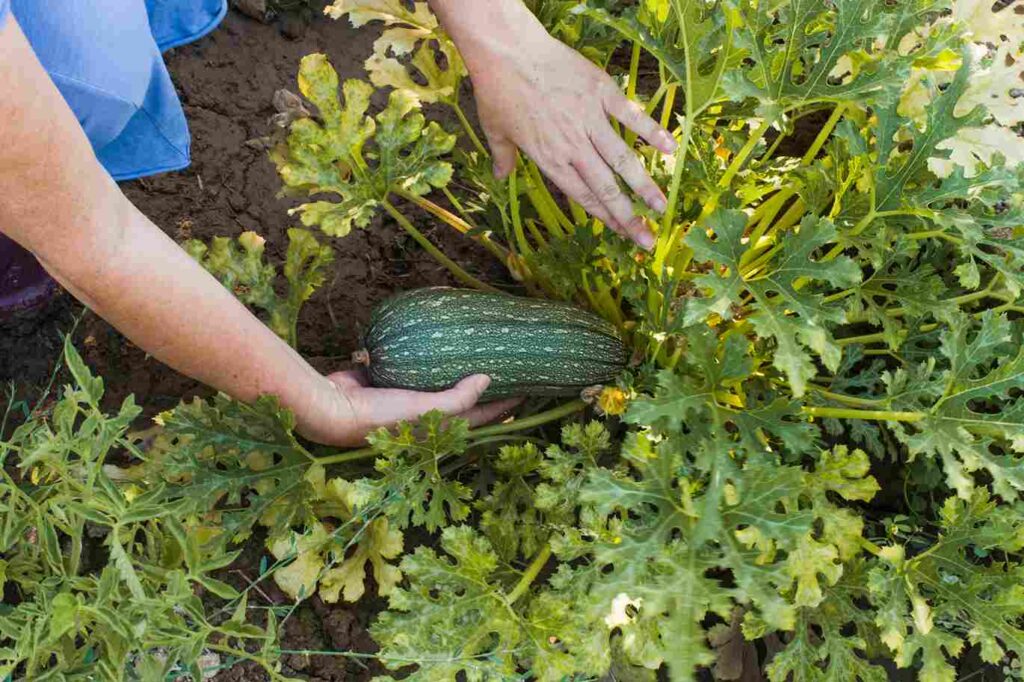
Cultivating the little wild gourd is relatively straightforward, as it requires minimal care and can grow in a variety of soil types. However, as with many wild plants, there is a risk of overharvesting and habitat destruction. To ensure the sustainability of this valuable vegetable, it is essential to promote responsible cultivation practices and protect its natural habitats.
Community-based conservation efforts and the establishment of seed banks can play a crucial role in preserving the genetic diversity of the little wild gourd. Encouraging local farmers to incorporate this plant into their crops can also help maintain its presence in the ecosystem.
The little wild gourd is a remarkable vegetable that deserves more recognition for its nutritional benefits, culinary versatility, and medicinal properties. By exploring and embracing this hidden gem, we can diversify our diets and contribute to the preservation of a valuable plant species. Whether you’re a home cook, a nutrition enthusiast, or a conservation advocate, the little wild gourd offers something for everyone to appreciate and enjoy.
Authors Biography
Scientists from Ballari Dr.Rajeswari R., Dr.Govindappa,M.R., Dr.Palaiah, Dr.Ravi.S and Dr.Mallesh ICAR-Krishi Vigyan Kendra contributed to the article.

